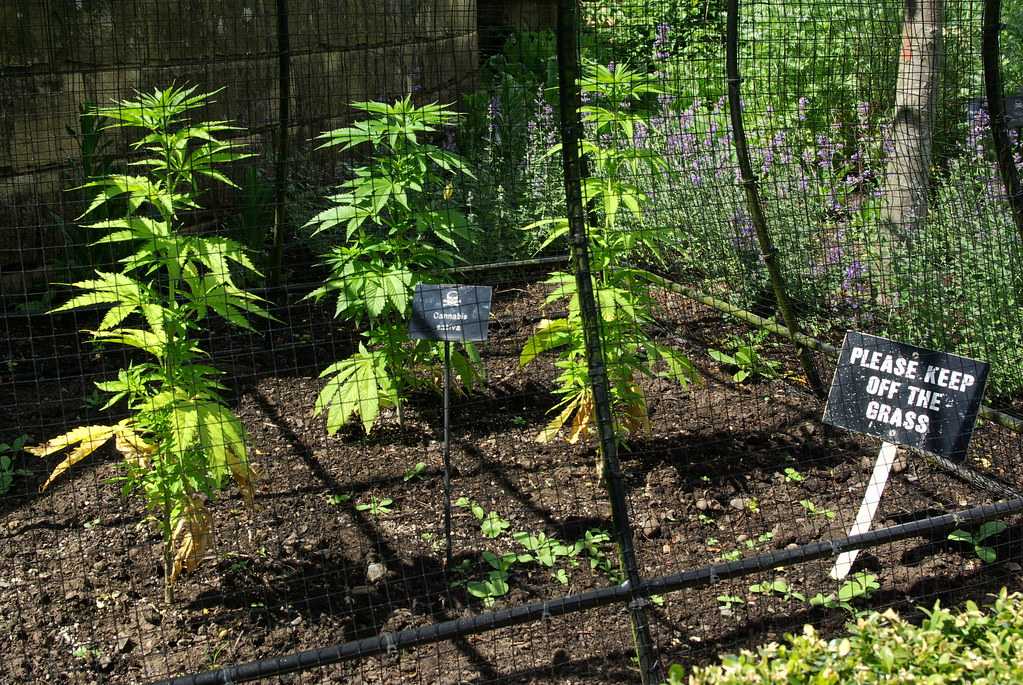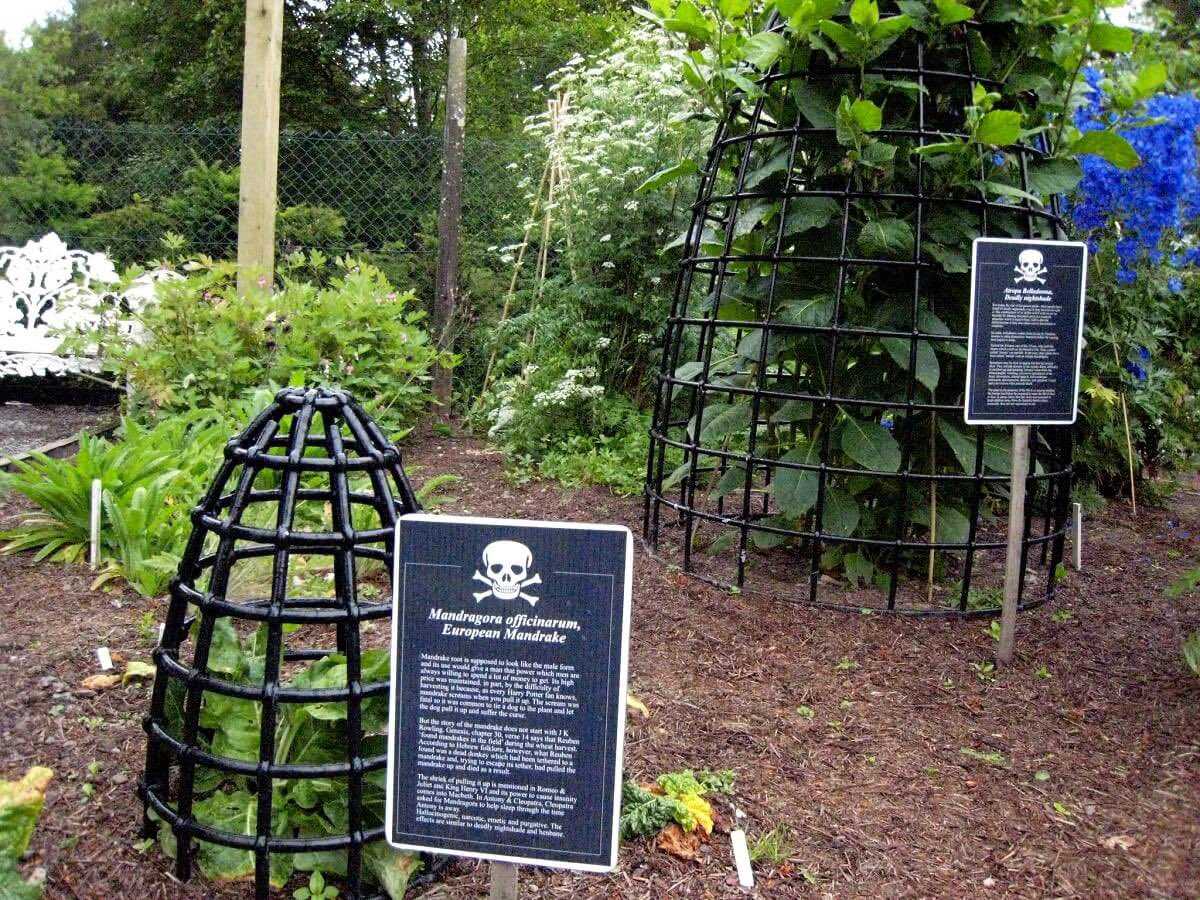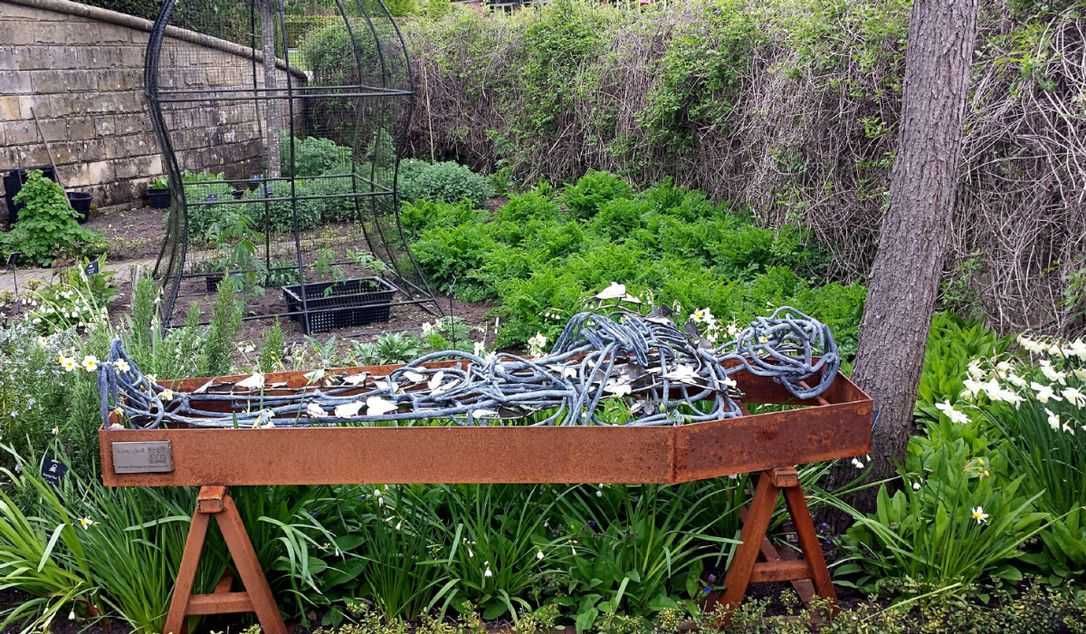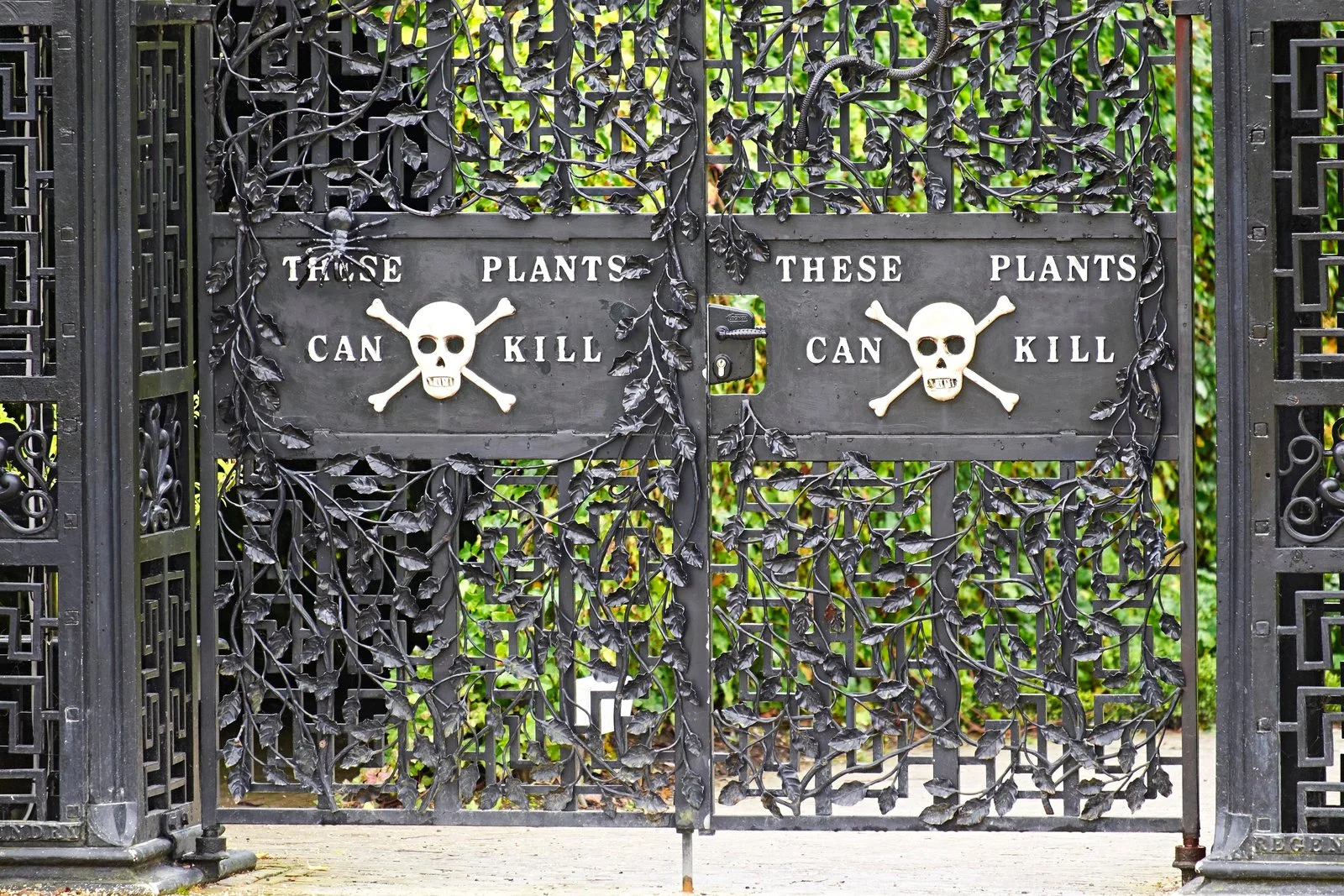Alnwick Garden with its acres of colourful plants, fragrant roses, manicured shrubs and fountains remain North England's special attraction but it is also true that in the same premises, include some of the most poisonous plants in the world. Kept behind black iron gates, this poison garden houses almost 100 varieties of killer plants and visitors are strictly advised not to smell, touch or eat the flowers.

Despite the strict instructions, some adventurous visitors still step inside. The plants are so poisonous that just the smell emanates toxic fumes that can make people unconscious.
It was in 2005 that such a garden was open to the public. When Jane Percy, the Duchess of Northumberland, inherited Alnwick Castle in 1995, it was her husband who asked her to do something about the gardens, which at that time contained only rows of Christmas trees. Percy took the help of a landscape architect to renovate the garden which encompasses 14 acres and attracts over 6 lakh people annually.

During the second world war, this area was used as a food distribution space during the ‘Dig for Victory’ campaign. But in 1950, this garden was officially shut down.
The first bit of renovation plans was done in October 2001 and in 2004, they opened a Café and Treehouse. A pavilion designed by Sir Michael Hopkins and Burro Happods along with a visitor’s area that could include 1000 people was opened in May 2006. Architectural landscaping, Topiary and ornamental gates were some of its added charms. The renovation costs came around 42 million dollars.

Jane initially thought of including an apothecary garden but after visiting the Medici poison garden in Italy she was fascinated by the idea of creating a garden of plants that could kill rather than heal.
At the archaeological site of the largest hospital in medieval Scotland, Jane learned about sedative swabs soaked in henbane, opium and hemlock used to sedate amputees during 15th-century surgeries and that bolstered her interest in creating a garden of lethal plants. She started collecting poisonous plants for her garden and was keen that each of the 100 plants would have a story to tell.

As part of the Poison Garden's educational mission, the duchess grows a variety of drugs, from cannabis to cocaine (derived from the leaves of the coca plant), which she and garden guides use for drug education.
One of the most dangerous plants there is Brugmansia, or angel's trumpet, which grows in the wild in South America. It is said to be a great aphrodisiac before it kills you. In earlier days Victorian ladies would often keep a flower from the plant on their card tables and add small amounts of its pollen to their tea to incite an LSD-like trip. The visitors can count on walking away from the Poison Garden with such entertaining anecdotes.

Some of the most dangerous plants contain habit-forming herbs like hemlock, opium, henbane, nightshade, strychnine, poppies, magic mushroom, weed and tobacco. No one looking at this beautiful garden will be able to believe that it homes such toxic plants. This is run with a special sanction from the government. By the way, did you know that this poisonous garden was used in Harry Potter films?








